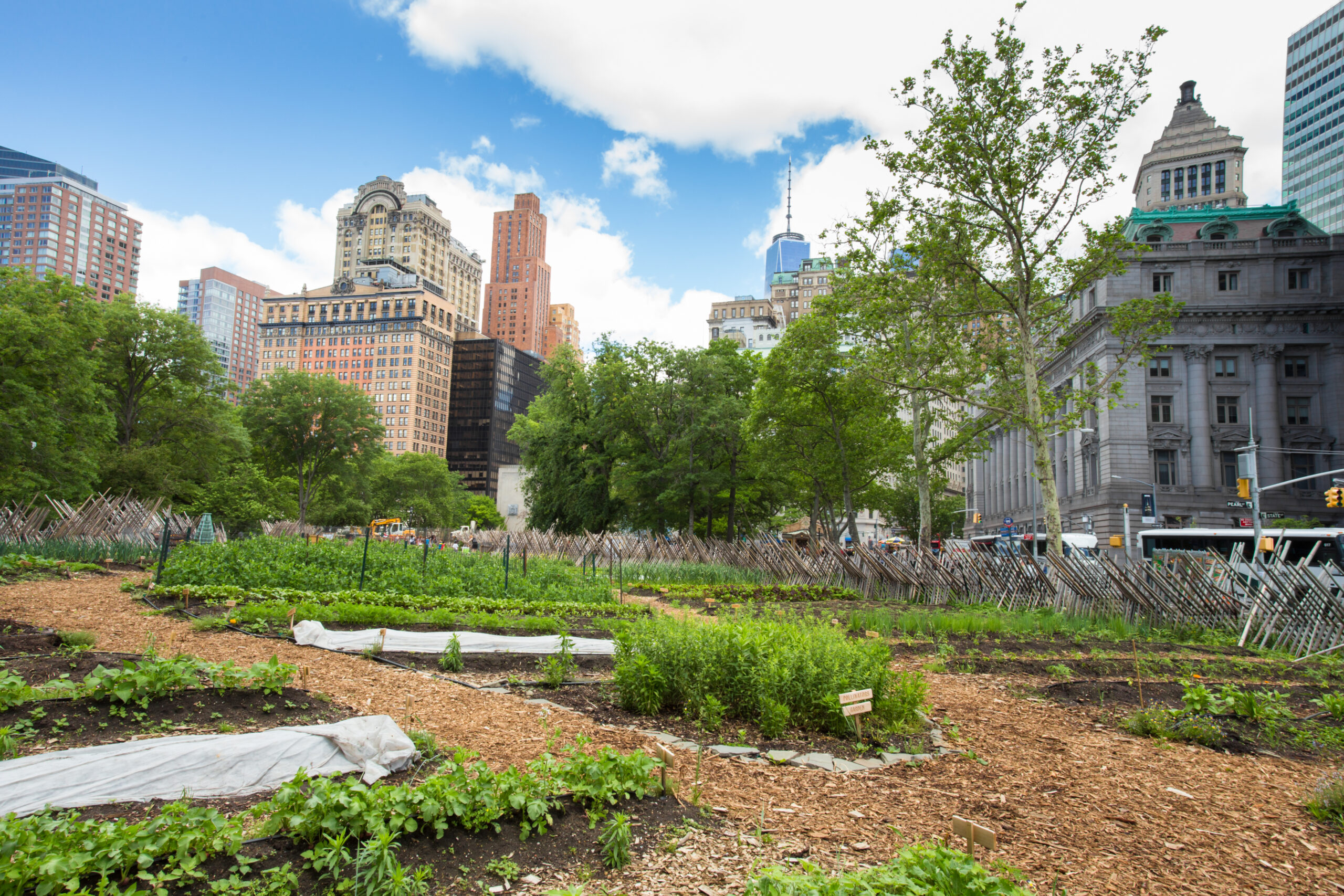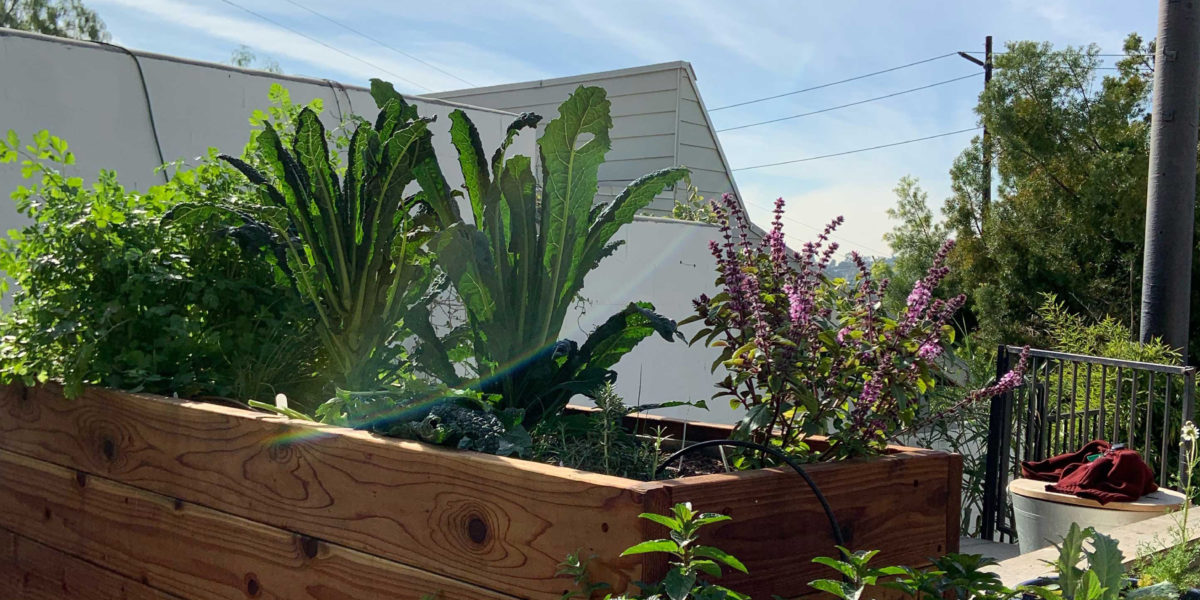Rumored Buzz on City Blooming
Rumored Buzz on City Blooming
Blog Article
The Basic Principles Of City Blooming
Table of ContentsThe Ultimate Guide To City BloomingThe Basic Principles Of City Blooming The Of City BloomingNot known Factual Statements About City Blooming 7 Simple Techniques For City Blooming
Intrigued in expanding food for sale in the City of Chicago? Assuming about beginning a neighborhood garden? Adjustments to the Chicago Zoning Statute allow farming uses like neighborhood gardens and urban ranches in many components of the city. Below is a checklist of often asked questions relating to the rules and regulations that growers need to consider when intending a metropolitan farming job.
The zoning change does not customize any various other codes managing composting, building authorizations, acquiring or renting City had residential property, service licenses or environmental contamination. There are existing codes that control these concerns and they stay in complete result and might apply to your project. Neighborhood yards are normally owned or taken care of by public entities, public organizations or community-based organizations and maintained by volunteers.
Urban ranches grow food that is meant to be offered, either on a not-for-profit or for-profit basis. As a result of their commercial objective, city ranches require a business certificate. Yes. An area yard is allowed to offer surplus create that was expanded on site if the sales are accessory or secondary to the yard's primary objective defined over.
The Greatest Guide To City Blooming
Composting is permitted however just for plant material that is generated and utilized on site. The quantity of compost product can not exceed 25 cubic yards at any given time according to the requirements in 7-28-715 of the City's Municipal Code. Yes. Due to the fact that the dirt at the majority of new garden sites requires changing, garden compost, dirt, wood chips, or other materials can be acquired to build or improve the growing area - urban gardening.

If a structure permit is needed then the hoophouse will be considered an accessory structure. You can learn more about the building authorization demands by speaking to the Department of Buildings. The 25,000-square-foot dimension limit is planned to stop a single area garden from controling a provided block or interfering with the block's existing residential or industrial personality.
The limit check my site does not relate to gardens located in Public Open Area (POS) districts. Can there be greater than one community garden that is 25,000 square feet on a single block? Yes. The dimension restriction applies to private yards, not to specific blocks. No. Fence is not required, however, yards that have huge auto parking locations may be needed to set up secure fencing or other landscaping attributes.
8 Simple Techniques For City Blooming
B1 & B2 areas call for that all industrial usage tasks be performed indoors. R districts restrict business activity. The laws mirror the purpose and intent of the Zoning Code. Is fencing needed for city farms? Yes. Fencings may be called for, together with landscape design and screening, for certain car park locations and outside work or storage locations relying on area and the specific activity happening.
Urban ranches require building authorizations and zoning authorizations prior to building and construction (City gardening). Various other types of city evaluation may be called for depending on specific frameworks, activities, dimension, landscape design, licensing, public heath and stormwater administration issues.
Yes. The sort of license is established by what is occurring at the site. The Division of Company Matters and Consumer Defense can assist establish the particular kind of service license that's needed. Yes. Off road parking is needed for the majority of business projects in Chicago. The called for number of garage is based on the variety of staff members servicing site and not the square video footage of the expanding room.
The Best Guide To City Blooming

Yes. An urban farm can offer garden compost material produced on site, nevertheless, the procedure must adhere to the guidelines in 7-28-715 of the Chicago Municipal Code. Yes. Aquaponic systems are permitted inside your home on metropolitan farms in many zoning areas. A zoning review and structure license is called for in order to mount structures or systems and an organization permit is called for as described above.
Up to five hives or nests of honey bees may be kept as an accessory use. Nevertheless, beekeepers need to sign up with the Illinois Division of Agriculture. For additional information about the proposed zoning amendment you may contact the Division of Real Estate and Economic Growth, Bureau of Planning and Zoning at 312.744.8563.
Farming in cities and urban locations An urban farm in Chicago. Urban agriculture describes different practices of growing. https://cityblooming.weebly.com/, processing, and distributing food in city areas. The term additionally relates to the area activities of pet husbandry, tank farming, beekeeping, and horticulture in an urban context. Urban farming is differentiated from peri-urban farming, which happens in backwoods beside residential areas.
City Blooming Can Be Fun For Anyone
, who look for to create social networks founded on a shared principles of nature and community holism. These networks can establish by method of official institutional support, becoming integrated right into local town preparation as a "transition town" activity for sustainable metropolitan growth.
The much more straight access to fresh vegetable, fruit, and meat products that might be understood via urban farming can improve food protection and food safety while lowering food miles, resulting in lower greenhouse gas exhausts, consequently adding to climate change mitigation. Several of the initial proof of city agriculture comes from Mesopotamia.
Report this page